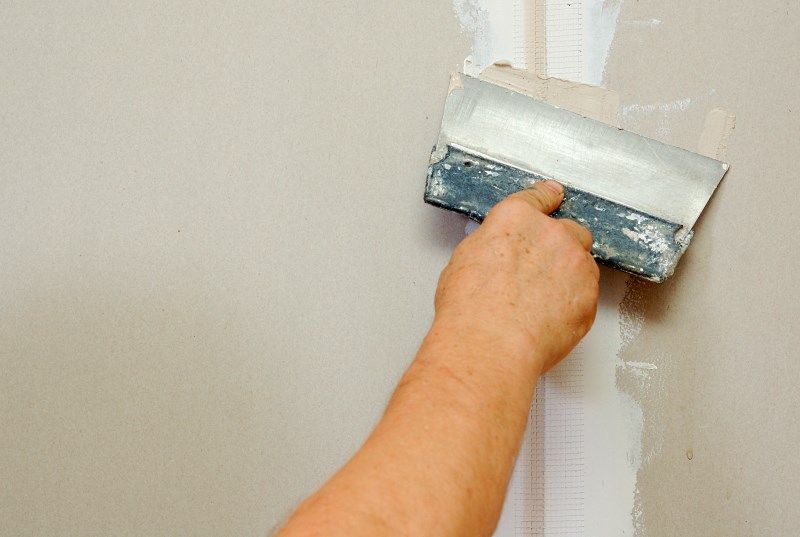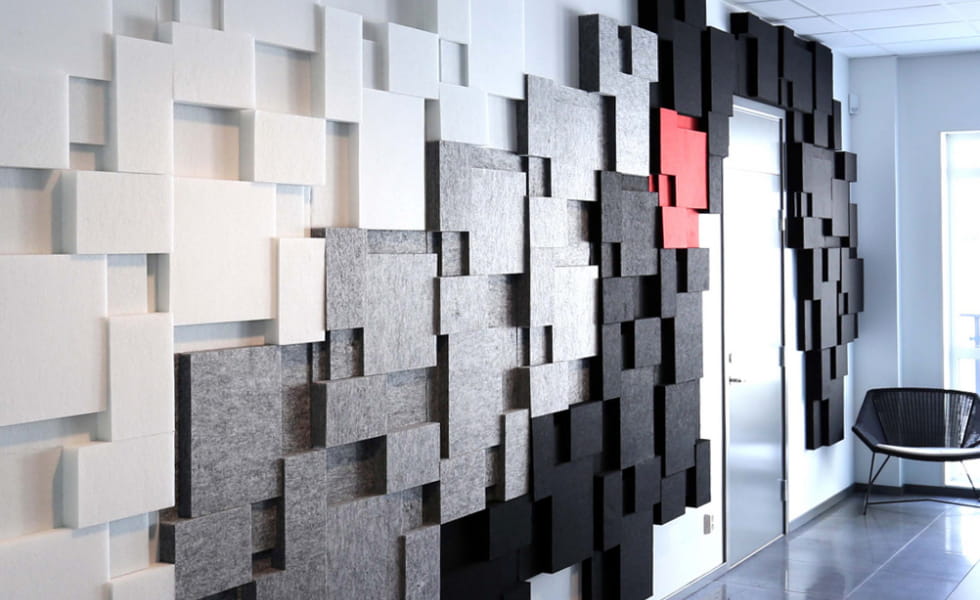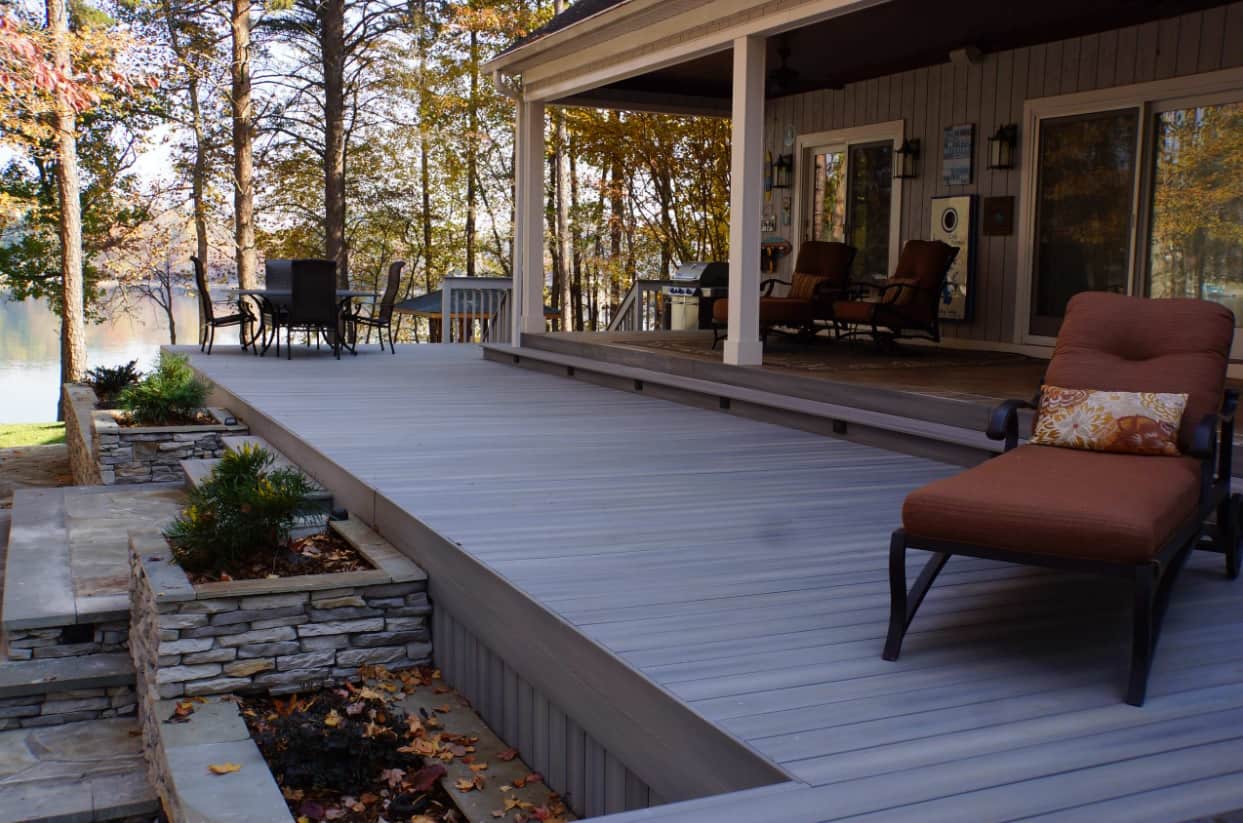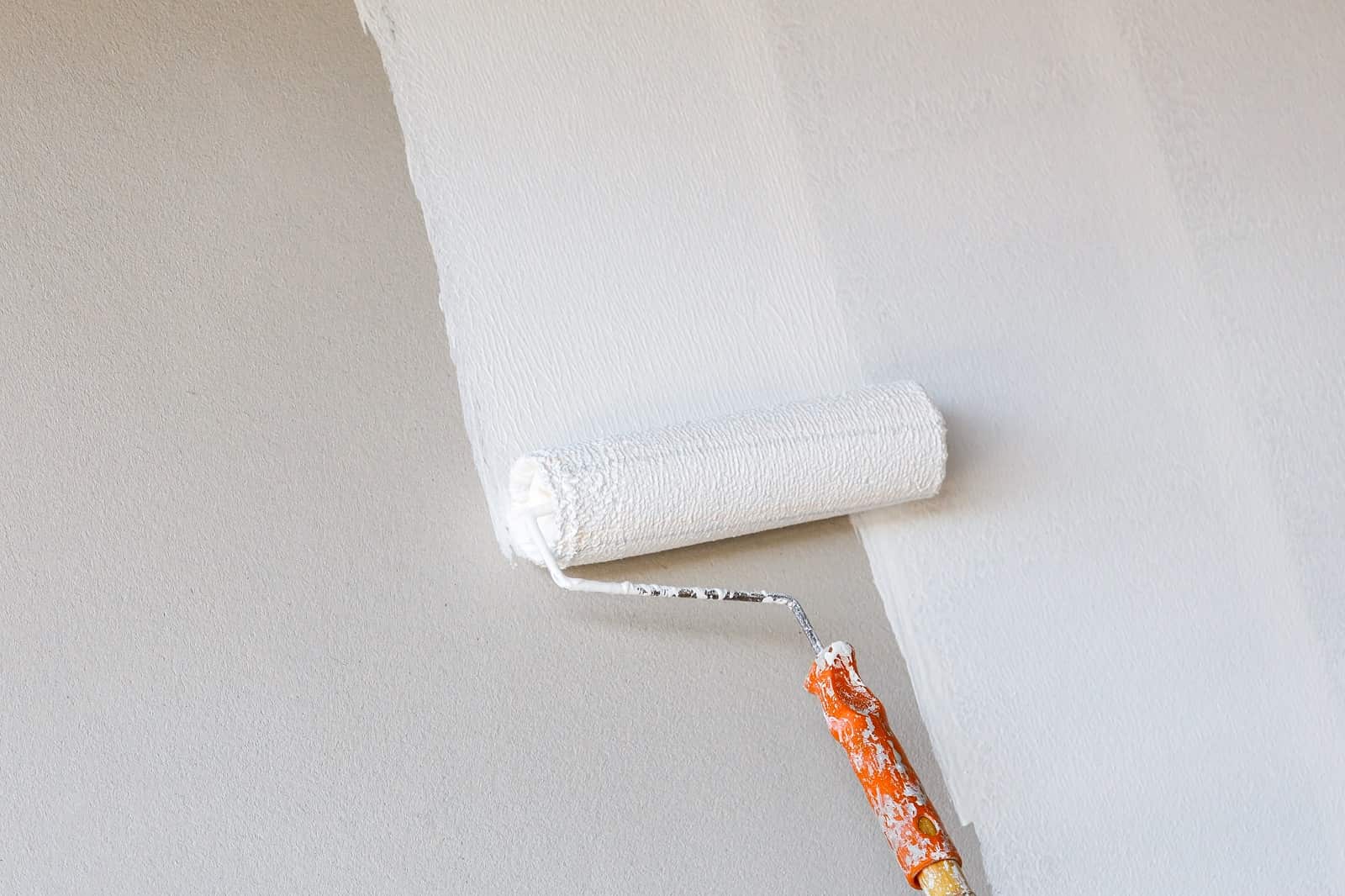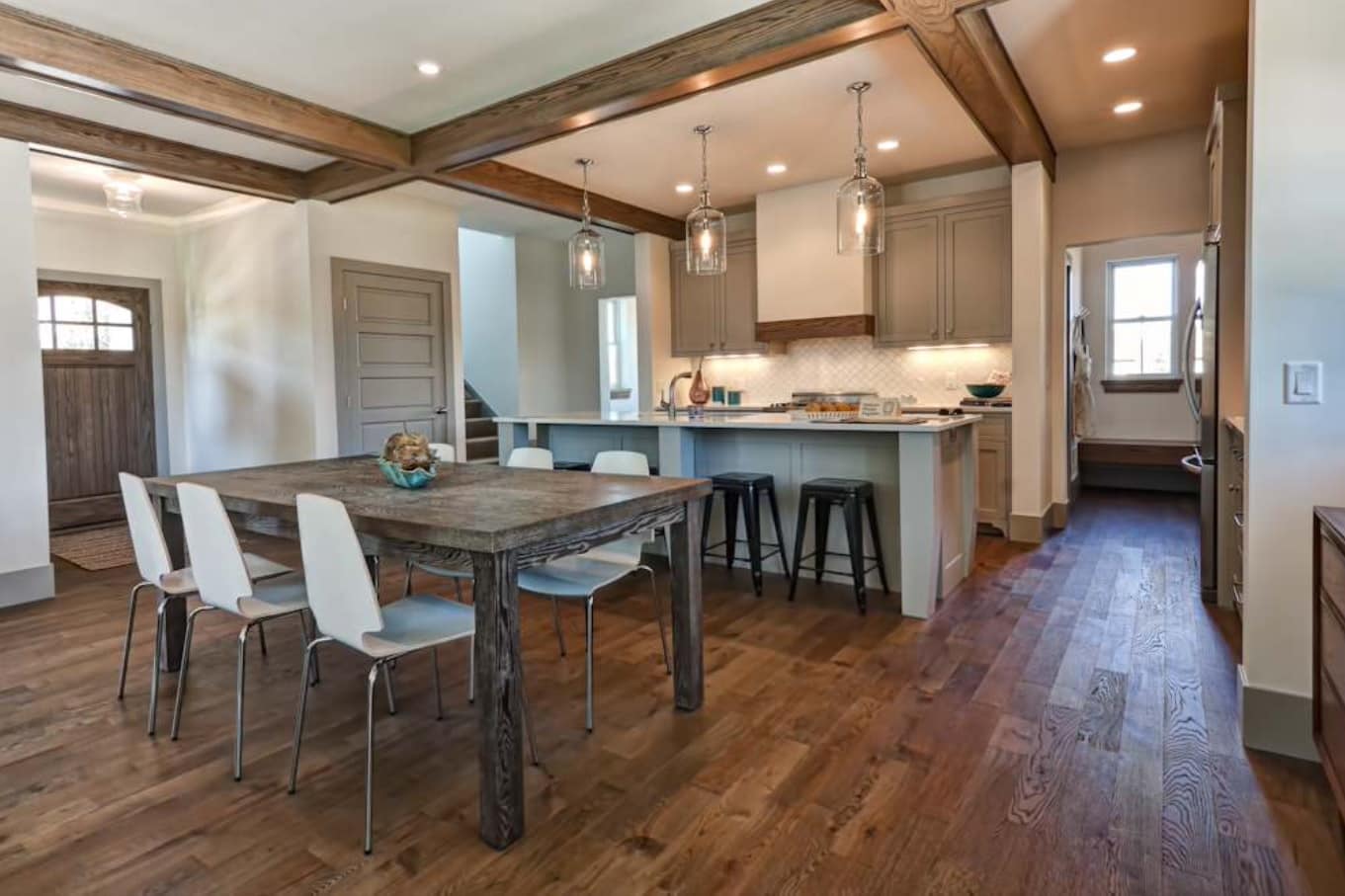How to start almost any repair work? No, not with money … and there is no credit, not to purchase a year’s supply of valerian. Of course, any repair starts with putty. Many beginners believe that “well, I’m sure I can putty from the first time.” Of course, you can, if you finish reading this article until the end! Let us consider some aspects of this seemingly simple process.
Wall Putty Application: Step by Step Instruction
Cracks, dents, and other irregularities necessarily require treatment. What do we need to?
- The start and the finish coat (yes, the putty is of several types, they all have their own characteristics, pros and cons. If you are interested in the details of each subspecies – please, read here.);
- Water;
- Capacity for a solution (will fit any sufficiently deep bucket);
- Building mixer or stick;
- Sandpaper and spatulas of various configurations.
Puttying is divided into dry and wet. We need dry. What for? It’s simple – we need to identify the correct consistency (thick or liquid, as you prefer). Next, take the mixture, pour it into a bucket, and fill with water at room temperature while stirring with a stick or building mixer. The amount depends on the room, but don’t do too much as it is quick-drying material. While working, the putty solution needs to covered with a damp cloth (at least most of it) meanwhile. This is necessary to ensure that the material won’t dry out quickly.
The process of putting:
- To begin we should clean the surface of the old wallpaper, paint, and other contaminants.
- Puttying does not provide a firm grip of the adhesive coating layer to the substrate, so usually, they are applied over a layer of primer. For leveling and application of dense fillers use plastic or metal spatula. If the surface has a complex relief or a small area (e.g., frames or sashes), then the best decision is to use the solid rubber strip of the required width. And if filler [of putty] is diluted with a small amount of solution, then it can be applied by pneumatic spraying.
- Next, we put the starting filler (spackling paste) layer of 5-7 millimeters. If the surface is badly uneven, you can reinforce it with special plastic mesh. Take a thin layer of primer on a spatula and spread it evenly over the surface. The pressure on the blade of the spatula can help smooth the putty smears to a very thin layer in a horizontal or vertical direction.
- Large cracks and other irregularities must be puttied in the first place. And you can use the corner spatula (a convenient instrument for such cases) for the sealing of the corners.
- Now we are waiting for the surface to dry (24 hours maximum). Do not apply a new layer on the wet surface.
- Then the putty area must be cleanly sandpapered and primed again. After all, if you do not use a primer in subsequent layers, it will complicate further work. Because otherwise the material dries and thickens much faster, therefore it will be problematic to smooth it to a thin layer and level.
- The application of putty should be made of several layers for better results. But change the direction of the material from layer to layer each time. When working with joints, riveted, and welded holes it is necessary to apply several layers of putty. Meanwhile, necessarily watch the thickness according to recommended by the manufacturer. The finish coat should be applied in a layer of 2 millimeters.
- Each layer of putty must be processed with sandpaper. For this is usually used sandpaper (often 150th), which is folded of several creases and wound around the stick or hold in your hand. You can sand both wet and dry surfaces. The first method is more suitable for lacquer, semi-oil, and oil fillers. The second is for the gluing ones (they are washed away by water). Material consumption depends on the type and kind of surface, applying method, the thickness of the layer, and filler itself.
Conclusion
As you can see, the application process of putty is simple. Follow our advice and you will succeed for sure.

